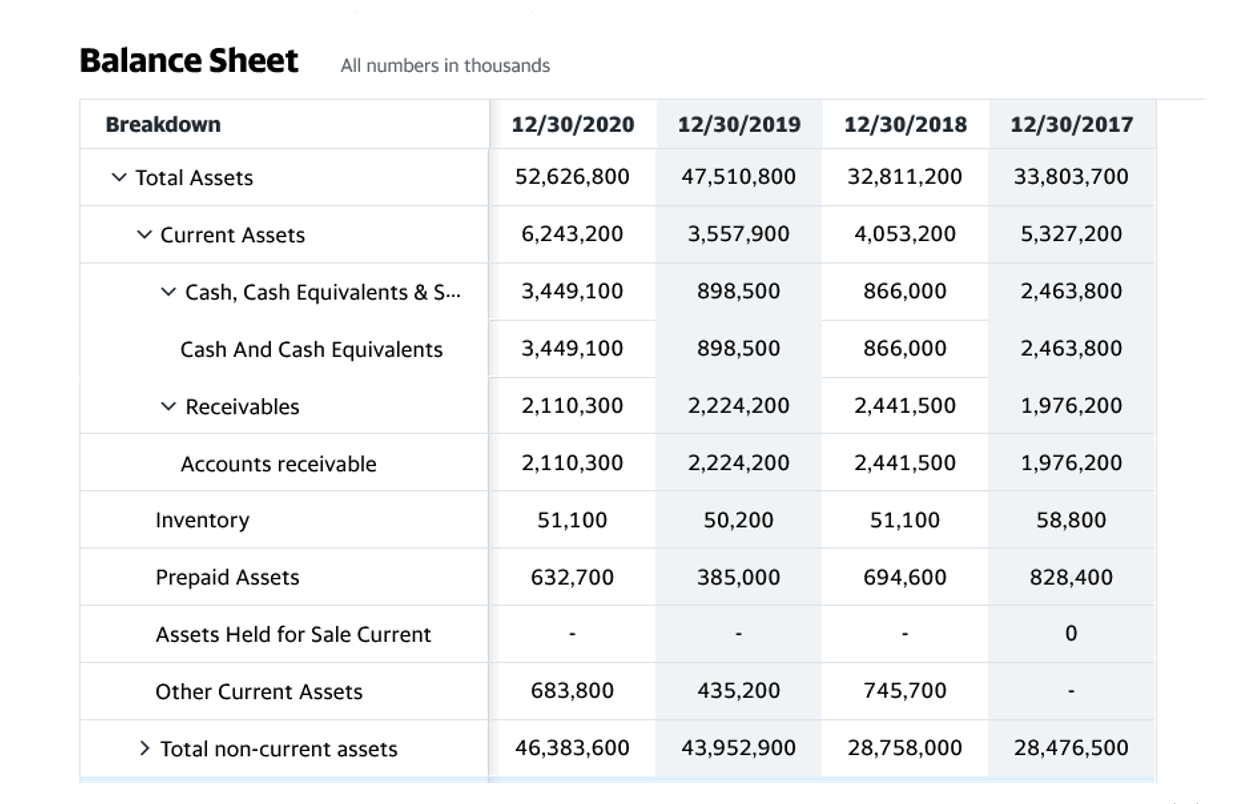
The Illinois K-12 education expense credit can knock up to $750 off of your tax bill if you spent more than $250 on qualified education expenses. For the top individual tax bracket, the 2024 income threshold was raised from $578,126 to $609,351. This means that more than $30,000 in individual income will be taxed at 35% instead of 37%. With March Madness soon drawing to a close, millions of Americans will turn their attention from NCAA brackets to tax brackets. While the 2023 tax filing season is underway, practitioners should be mindful of these updated and changed rates and thresholds to help navigate their clients in tax planning for the current year.
Per IRS/State regulation – not eFile.com – an Illinois state tax return can only be e-Filed together with an IRS tax return. Instruction how to only prepare a IL state return on eFile.com and then download, print sign and mail it in. View how much tax you may pay in other states based on the filing status and state entered above.
The 2023 tax rates and thresholds for both the Illinois State Tax Tables and Federal Tax Tables are comprehensively integrated into the Illinois Tax Calculator for 2023. This tool is freely available and is designed to help you accurately estimate your 2024 tax return. The Personal Exemption, which is supported by the Illinois income tax, is an additional deduction you can take if you (and not someone else) are primarily responsible for your own living expenses. Likewise, you can take an additional dependent exemption for each qualifying dependent (like a child or family member), who you financially support. Remember that Illinois may have very different deduction laws from the Federal Income Tax, so you may have to write a whole new list of deductions for your Illinois income tax return.
To calculate the effective income tax rate for the state of Illinois, we simply divide the previously calculated income tax estimate by our initial $70,000 in wages. The difference between the exemption allowance and the standard deduction is that you can still take it even if you have other illinois tax brackets subtractions from your income as discussed above. With the standard deduction, generally speaking, you have to choose whether to take it or add up your itemized deductions and claim those instead. Illinois does not have tax brackets, so calculating your rate should be pretty simple.
Below is a table of the general merchandise sales tax rates for all of the counties in Illinois. All taxes the Illinois Department of Revenue administers are below. Some tax rates are the same for all taxpayers (fixed rates) and some are determined by location (location-based).

Qualified education expenses over $250 are eligible for a tax credit. The Federal income tax also has a standard deduction, personal exemptions, and dependant deductions, though they are different amounts than Illinois’ and may have different rules. The 2.23% effective property tax rate in Illinois is second-highest in the nation, behind only New Jersey. That means the typical homeowner in the Prairie State pays 2.23% of their home value in property taxes. As simple as Illinois tries to make income tax, the state seems to take the opposite approach with sales taxes. There are three rate structures depending on what you are buying.
They determine what portion of your income the state will tax. However, Illinois has a handful of tax-saving programs that may affect your final tax bill, and these can apply differently based on income or other life circumstances. With NerdWallet Taxes powered by Column Tax, registered NerdWallet members pay one fee, regardless of your tax situation.
If your employer doesn’t offer a 401(k), contributions to a traditional Individual Retirement Account could help you qualify for a tax deduction, which could also lower your bracket. Each tier of income is taxed at a progressively higher rate. You pay the lowest tax rate on the lowest tier of income, a slightly higher rate on the next-higher tier, and so on. The higher your taxable income, the higher your tax rate, but the highest rate applies only to the highest tier of income that you reach.